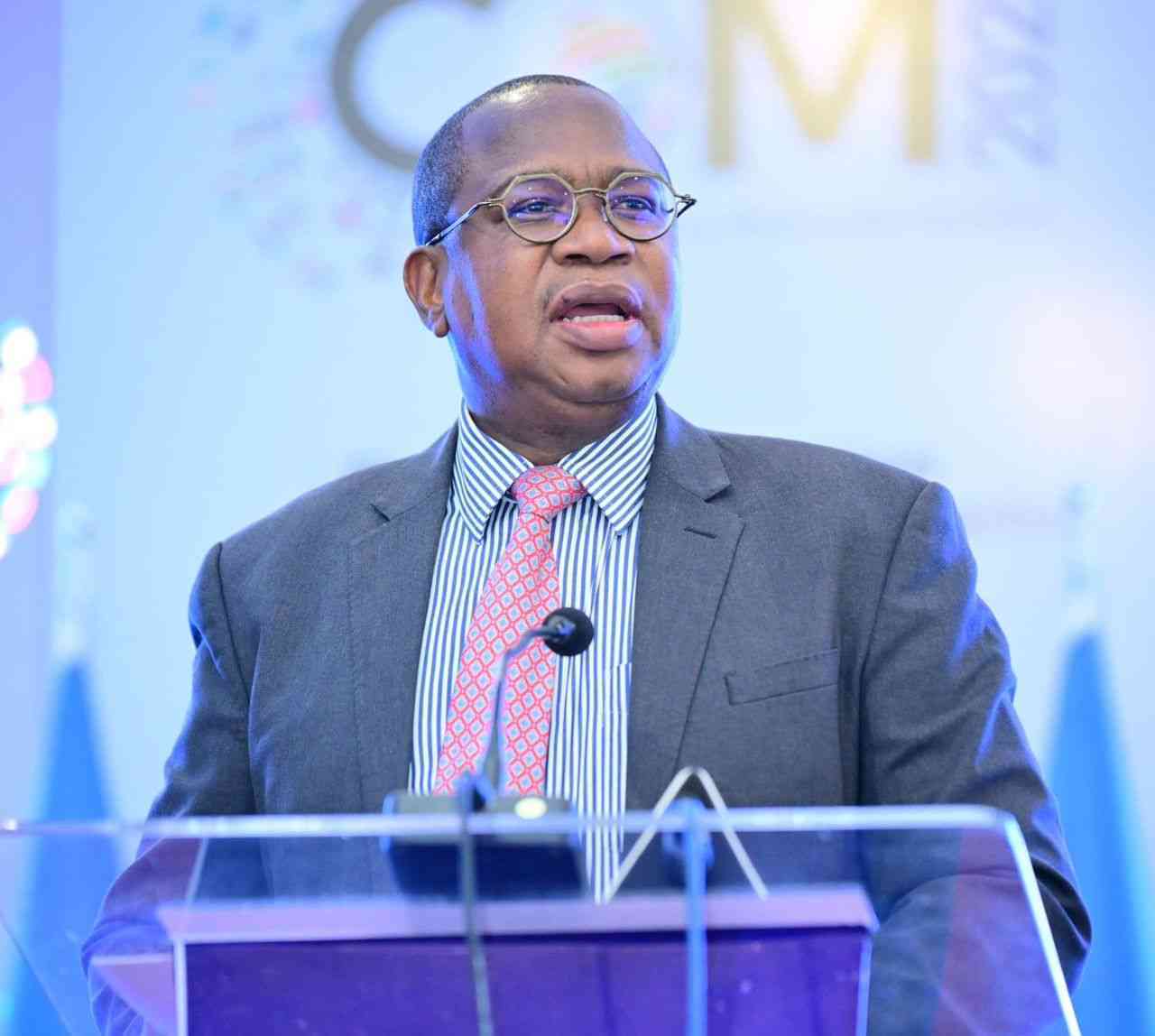
FOUNDED at the turn of the century and the height of the indigenous banking evolution as Metropolitan Bank of Zimbabwe, Metbank remains one of the few surviving indigenous banks from that era.
As one of the highest capitalised banks in the land, according to the 2022 monetary policy statement, Metbank has a unique business model and value proposition, such that an average person in the country has never used its service.
At the core, the concept of banking is a very simple one and it involves picking up deposits at a cost that is lower than what you sell them for, and in the process making a margin.
However, in reality, banks become a bit more sophisticated than that due to the market’s demands, the operating environment, and the strategy they choose to pursue amongst other factors.
This is the reason why we have various types of banking institutions from investment to commercial banks.
The distinction between these types of banking institutions can be blurry in some circumstances, especially in an uncertain environment like Zimbabwe.
However, there are core activities that all the institutions perform, and they can be compared and judged based on those activities.
After going through the audited financial statements of Metbank, one cannot help but ask if this is really a banking institution or a property investment company and this article will explore why it is so.
- High Court piles more misery on Mupfumira
- Metbank in $700m net interest expense
- Metbank eyes more forex loans to drive profitability
- Metbank a property firm with a banking licence?
Keep Reading
When analysing the financials of any banking institution, one of the most important line items on the income statement is the net interest income. This is the profit after the bank has removed the cost of capital from the return it got from its financial securities, mainly loans and advances.
Interestingly for Metbank, the interest expense is greater than the interest income both in historical and inflation-adjusted terms meaning the company is bleeding to pay depositors.
Why it is doing that, I do not know but this leaves one wondering if Metbank is really a bank or a property-owning company.
The perfect scenario for any banking institution is to collect very cheap or even free deposits considering Zimbabwe’s situation. These cheap deposits are usually from retail clients, which allow the bank to pay the least possible return on them and the retail clients usually choose banks that they believe have the least chance of failure.
When a bank cannot secure cheap deposits it then gets expensive ones in the form of corporate deposits but still should be getting a higher return on the financial products it makes.
Despite a negative net interest position, Metbank collects 64% commercial deposits, which gets one wondering about the strategy.
Despite the bank’s website talking about other non-funded activities that the bank engages in like treasury activities; the financials give a different outlook altogether.
The bank’s fees and commissions are only less than 5% of the total income with property revaluation adjustments, which are a non-cash item dominating those earnings.
Although I usually do not like to pay much attention to numbers reported in local currency for various reasons, it is worth noting that under Metbank’s cash flow from investing activities, the purchase of investment property number is six times the loans and advances.
As if that is not enough, for every dollar that Metbank collected as a deposit only five cents were issued as loans as depicted by the 4,8% loan-to-deposit ratio.
All these are uncharacteristic of a normal banking institution.
Since banking institutions are companies of public interest and because they take deposits and make financial instruments, they are regulated institutions and have capital adequacy requirements that they have to adhere to.
In Zimbabwe, the core capital requirement for tier 1 banks as set out by the Central Bank is US$30 million in local currency equivalent. This capital is a combination of the bank’s equity capital, which is the risk-weighted assets less the liabilities and other reserves.
Given the inflationary pressures, banks usually harden their asset base to preserve the capital and to remain compliant. They harden the balance sheet by investing in foreign currency-denominated assets or non-monetary assets like investment property.
This is why most banks in Zimbabwe are either financing property developments or actually doing it themselves, to such an extent that they have been mocked as glorified land developers.
These capital requirements have also seen banks merging with their building societies, which were not compliant. We saw this with ZB Bank and FBC, amongst others and the effect of this is a significant investment property portion of the total assets.
However, they still continue to perform their primary role, which is to create financial products from the deposits. Analysing the financial statements of Metbank, albeit in local Zimbabwean dollars one gets the sense that the company is more of a property investment company than a bank as depicted in the graph.
A property-owning or investing company on the other hand owns real estate either in the form of land or brick-and-mortar and it has an asset-heavy balance sheet skewed towards investment property, just like Metbank.
It makes money from developing and selling or renting those properties and revaluation adjustments are usually a significant component of its comprehensive income just like Metbank.
Whether Metbank is a property-owning company, or a banking institution remains yours to decide.
Hozheri is an investment analyst with an interest in sharing opinions on capital markets performance, the economy and international trade, among other areas. He holds a B. Com in Finance and is progressing well with the CFA programme. — 0784 707 653 and Rufaro Hozheri is his username for all social media platforms.











